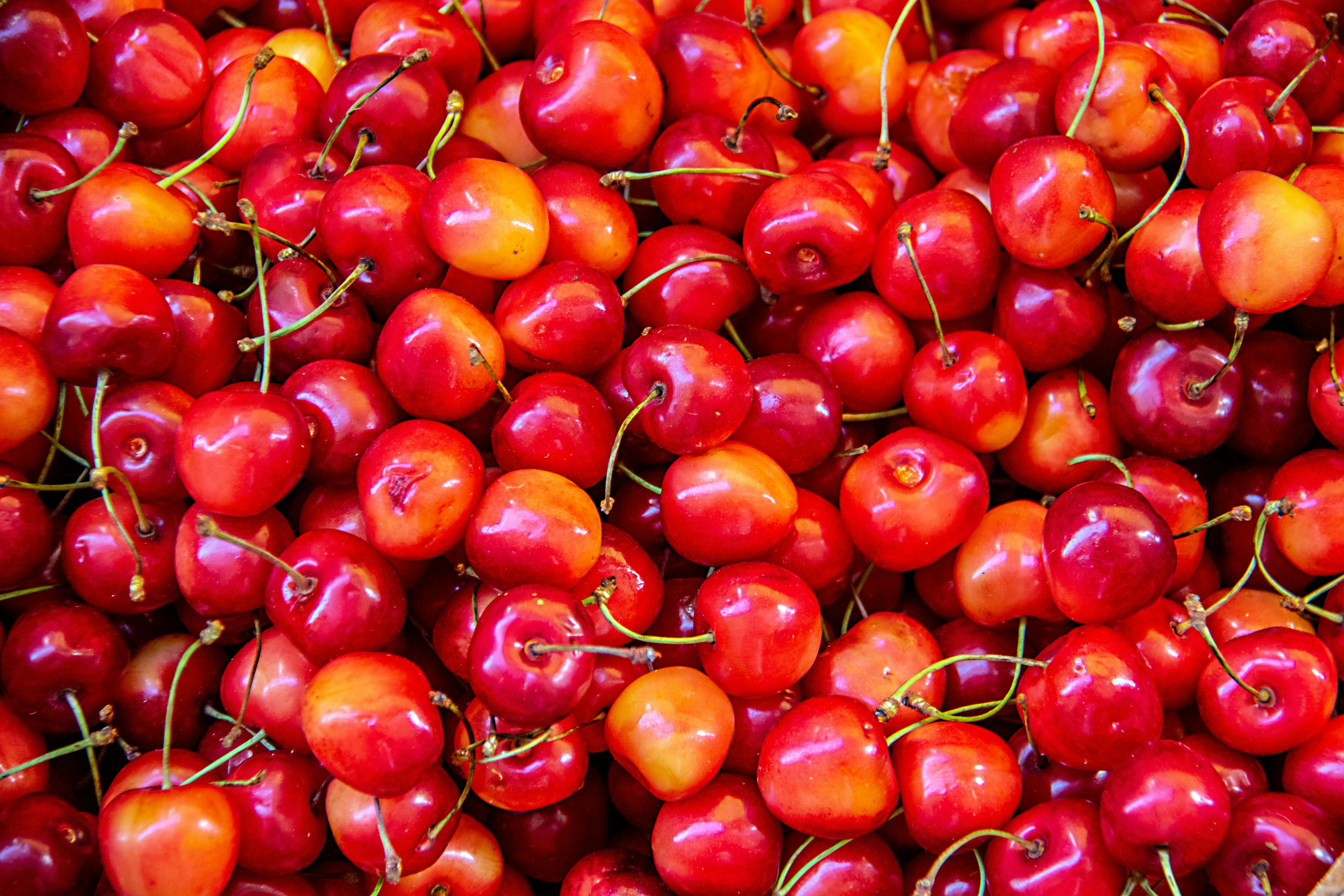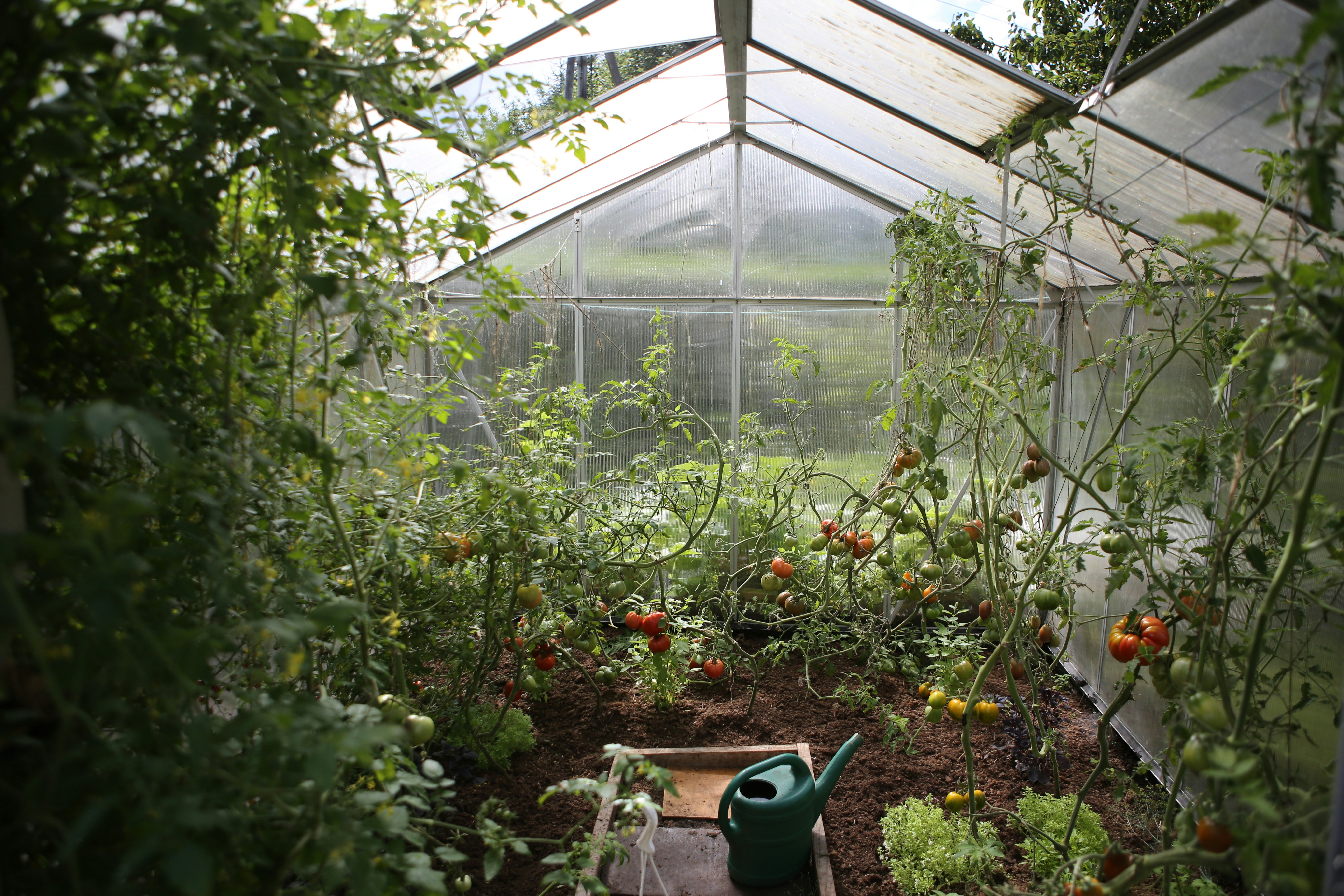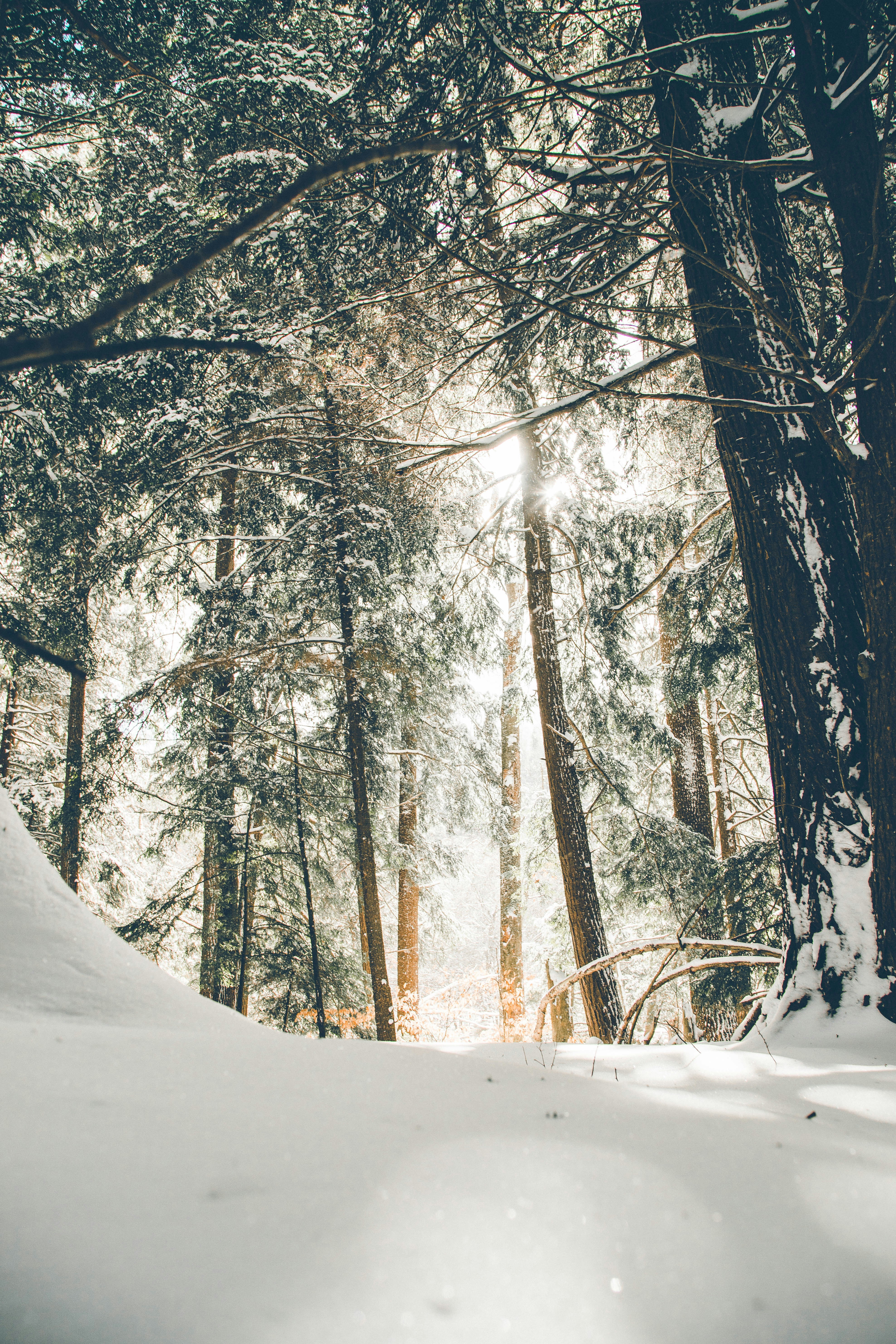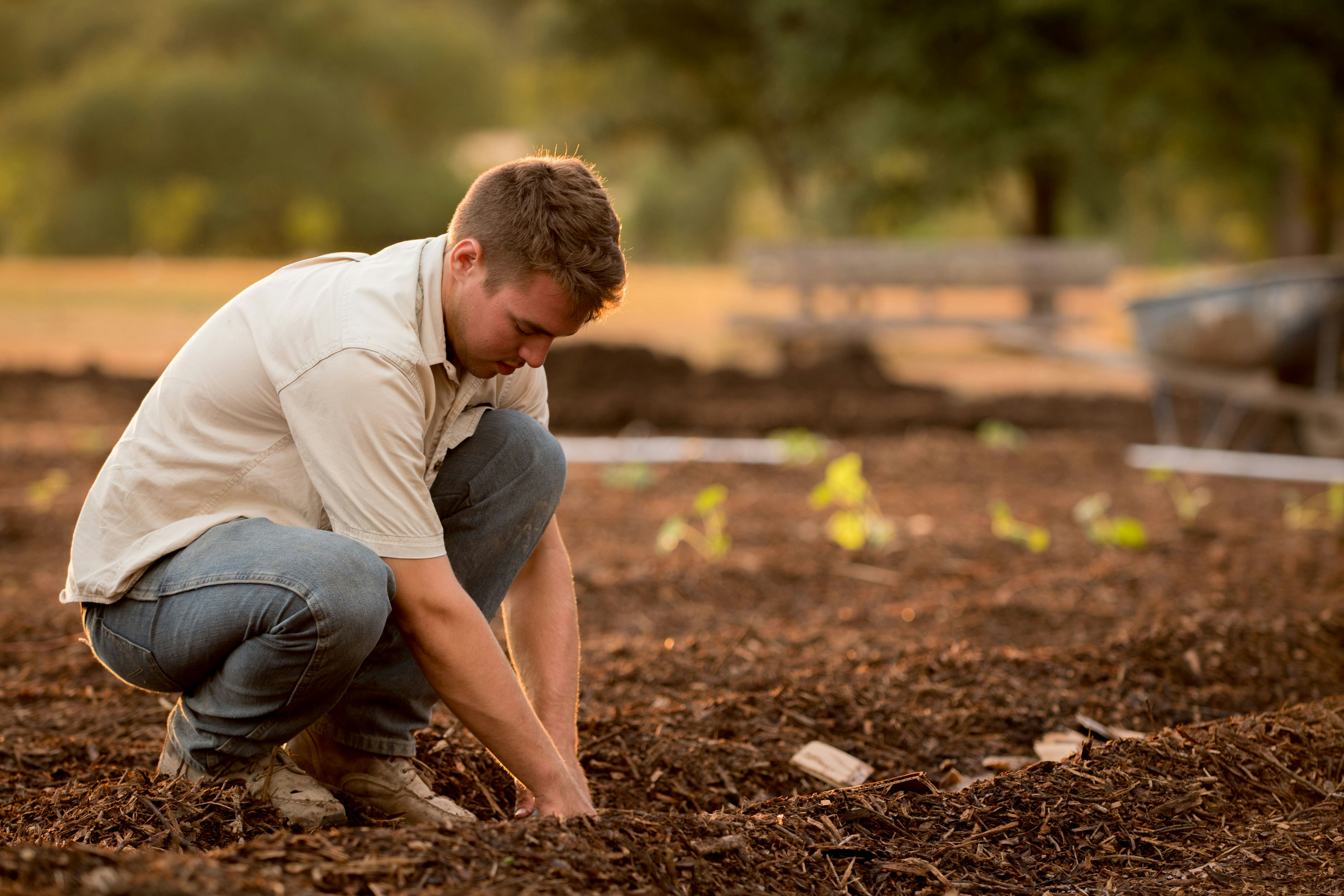Sep 14, 2017
The Katsura Tree: A Bold, Sweet Beauty
The season is changing.
Walking around nature you may notice a sweet fragrance in the air. Most likely you are standing near a Katsura Tree. Its scent is commonly compared to that of cotton candy or brown sugar and is emitted as its leaves yellow and drop to the ground in the Fall.
When my husband and I moved into our first home together, he planted a small Katsura tree just outside our kitchen window in the spring. That first fall when its leaves changed, I was introduced to its heavenly scent and impressed by its color as well: striking-bright, rich yellow with orange and apricot tones that continues to please. I have also been impressed by how well it has grown(from about 15 to now 30+ feet) and how beautifully it has filled in over the years.
The tree is in the family cercidiphyllaceae, genus cercidiphyllum and the species japonicum. Its name comes from the Latin word cercis, the name given to the Redbud tree, and phyllon which in Greek refers to leaf. Loosely translated, Cercidiphyllum means “leaf like a redbud”. Though much smaller, it does bear a resemblance to the leaf of our native Redbud tree.
The Katsura Tree has been around for a very long time. Fossil records date its existence to 1.8 million years. It even grew across North America and Europe until it vanished from those areas during the Pleistocene Era. Katsura was introduced in 1865 by Thomas Hogg, who sent seeds from Japan to his brother’s nursery in New York.
Katsura trees are available in several different cultivars. ‘Pendula’ has pendulous or weeping branches and grows approximately 20 feet tall with a 10-foot spread. ‘Heronswood Globe’ is a dwarf variety growing to approximately 15 feet tall with a dense, rounded crown. ‘Red Fox’ grows about 30 feet tall and 16 feet wide, and has attractive deep purple foliage with green veins.
This is a beautiful tree in the landscape for many reasons. It offers a range of seasonal interest. In spring, the leaves of the Katsura emerge a beautiful reddish purple. As the season progresses the delicate, heart-shaped leaves turn a handsome bluish green. The Katsura Tree also displays a shaggy, gray bark that provides nice winter interest. Fall is when this tree really shines though.
If you decide to install a katsura tree at your home, take care to plant it in the spring in well-drained, slightly acidic soil. Katsura trees will tolerate partial shade/sun but prefer a full sun location. Regular deep watering of your newly planted tree is very important in the very hot and dry summer months as it will not tolerate very dry soil long. As the tree ages, dry conditions will not affect it as much. Prune young trees to promote growth. Apply a good quality bio-mulch around the base of the tree to hold in moisture. Fertilize in the spring and fall with organic fertilizer. Katsura trees are disease-resistant and pest-free. When planted and cared for properly this tree can do wonders!
All in all, the Katsura Tree is an outstanding ornamental shade tree that deserves to be planted more often. It is both an exceptional and unusual tree that is perfect for bold fall color.


































































